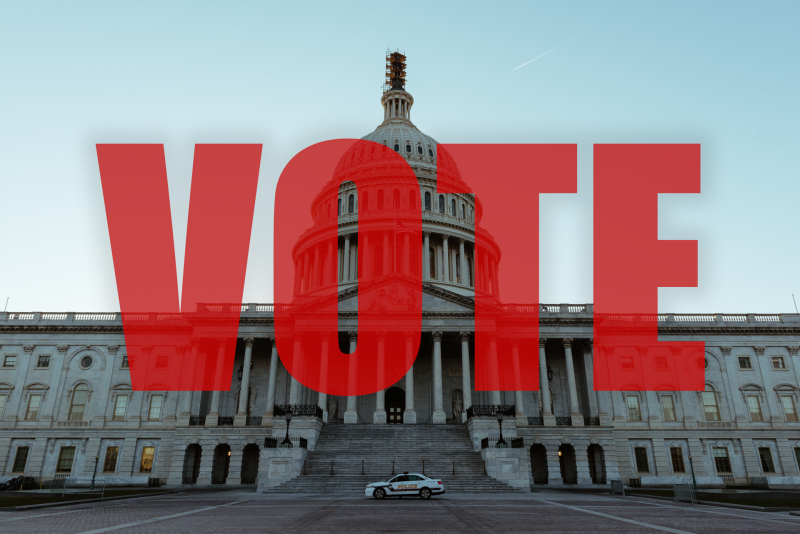- 17,790
- 834
- Joined
- Mar 16, 2008
The Glee thing is a joke right?
If it isn't...i better see a Buster Posey-themed Glee episode....
however, i get to see the game because i usually have class at night
If it isn't...i better see a Buster Posey-themed Glee episode....
however, i get to see the game because i usually have class at night






